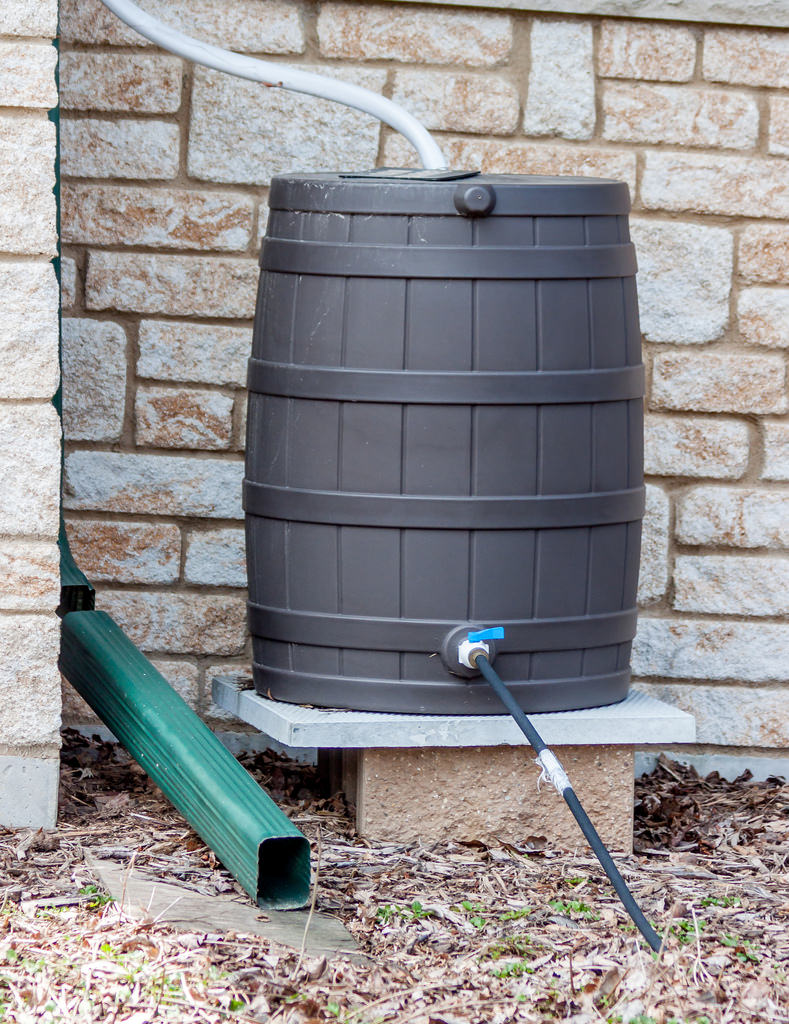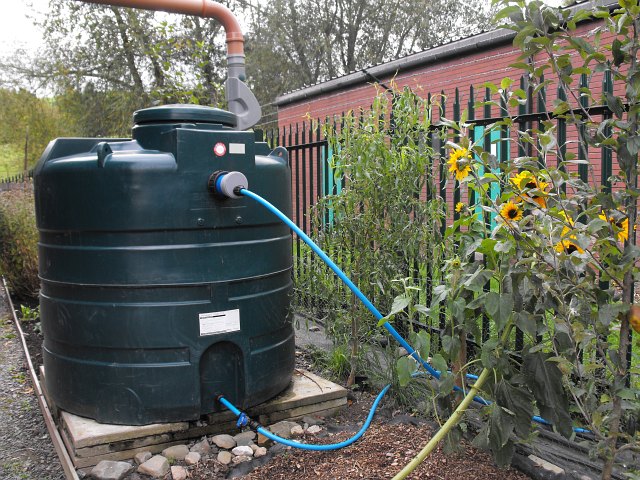Rainwater Harvest Systems and Sustainable Home Design
One of the more beautiful concepts of designing your own home is the opportunity to add sustainable and green tools that enable you and your family to live a more sustainable and greener way of life. In this blog, we tackle a very popular green tool – rainwater collection – and the benefits that it offers to people looking to live a greener lifestyle.
Rainwater Collection – It’s in demand
Green home designs are very popular and one of the ways that people look to increase the “greenness” of their home is through rainwater collection systems. The systems are passive, and they work from a variety of points within the home’s design.
Families are looking closely at how their lifestyles impact the environment and at the top of their list is rainwater harvesting systems and for good reasons.
- There is a large drive to make freshwater a private commodity and as the weather continues to behave oddly, people are looking for ways to guarantee the availability of fresh water at the consumer level. Rainwater harvesting is a way to do just that.
- The cost of metered water is rising and a rainwater harvesting system helps to offset those costs while allowing homeowners to live in a “green” zone.
- The current level of technology makes the ongoing operational cost of rain collection systems affordable.
What is a Rain Water Collection System?
The basic system uses a home’s gutter system to funnel water through a filter and into a storage tank. From there the water is pumped into a plumbing system that attaches to greywater appliances, such as washers, toilets, and to outdoor irrigation systems that supports your outdoor living plazas and landscaping. A good example of how this would benefit a home is through swimming pool top up usage. These systems work on a float valve system so that water is replaced as needed and automatically. That water would come from your collection tank rather than across your water meter.
These systems are sustainable and because rainwater is renewable – the storage tank refills when it rains – the benefits of these systems remain ongoing.
How Much Rainfall is Collectable?
In a storm that dumps 2-inches of rain on a 2,000 square foot roof the deposit of rainwater into the system is about 2,493 gallons – approximately. That is two inches divided by 12 to give your feet, x the area of your root, multiplied by 7.48 which is the number of gallons in a cubic foot of water. The formula is best explained here: University of Nebraska – How much water run off
That is a lot of water from one storm and every storm can make a deposit into the collection system. Over the course of the rainy season, that adds up to a lot of free water and it speaks to the sustainable factor that is rainwater collection.
To drive that fact home consider how we use water –
- Showers 2-5 gallons per minute
- Sink Faucets use about 1 gallon of water per minute
- A standard washing machine uses around 25- gallons of water per load
- Toilets 1.6-3 gallons per flush.
According to the USGS, the average person uses between 80-100 of water per day and the largest use of water in a household is from toilet flushing. In a rain collection system, the greywater appliances – clothes washers, toilets, etc., become a sustainable use of water consumption.
Here is more information on water usage: USGS Water Questions & Answers
Does a Rain Harvest System Fit into Your lifestyle?
The most likely answer is yes, and that is because there are few styles of rainwater harvest systems available. That fact makes it easier to pair a system with sustainable goals and greenism.
The Rain Barrel – This system is not only the smallest but offers an easy to use way to water your yard. Typically, a rain barrel is attached to the downspout of the gutter and then fills with water when it rains. These systems do not hold a lot of water but can be handy to reduce the amount of water metered for landscaping. Because these are gravity fed systems – you attach the hose to the spigot at the bottom of the barrel – they do not require a pump. The benefits are free water without an ongoing cost. The downfall is that the barrels are small and only hold 55 gallons of water or less.
barrel is attached to the downspout of the gutter and then fills with water when it rains. These systems do not hold a lot of water but can be handy to reduce the amount of water metered for landscaping. Because these are gravity fed systems – you attach the hose to the spigot at the bottom of the barrel – they do not require a pump. The benefits are free water without an ongoing cost. The downfall is that the barrels are small and only hold 55 gallons of water or less.
The Dry Rain Collection System – One of the more complex systems but offers many benefits. The storage tank for this system is underground and can as large as you need it to be. This gives you the capacity to store a very large volume of water so that you have the water supply you need throughout the dryer months of the year. The system connects directly to the downspouts and is termed a dry system because the pipe from the downspout to the storage tank is dry. There is a wet system too.
Wet Systems – Like the dry system, the wet system connects directly to the downspout. The difference is that the storage tank is above ground and the collection pipes are often buried. This allows homeowners to utilize a rain harvest system without it being right next to the house. The system is termed a wet system because the pipes to the storage tank often hold water. For most of these systems, it is the pressure from the water in the pipes combined with the downflow from the gutter that pushes the water into the tank. The benefits of these systems are that they can be as big or small as you’d like, and they hide the pipes so that they are not an eyesore. Another benefit is that the reserve tank can be elevated so that it is gravity fed into the greywater system.
storage tank is above ground and the collection pipes are often buried. This allows homeowners to utilize a rain harvest system without it being right next to the house. The system is termed a wet system because the pipes to the storage tank often hold water. For most of these systems, it is the pressure from the water in the pipes combined with the downflow from the gutter that pushes the water into the tank. The benefits of these systems are that they can be as big or small as you’d like, and they hide the pipes so that they are not an eyesore. Another benefit is that the reserve tank can be elevated so that it is gravity fed into the greywater system.
In more elaborate systems there is an option for a green roof. This is a large topic that we will likely cover in a future blog.
So, does a rainwater harvesting system fit into your lifestyle?
